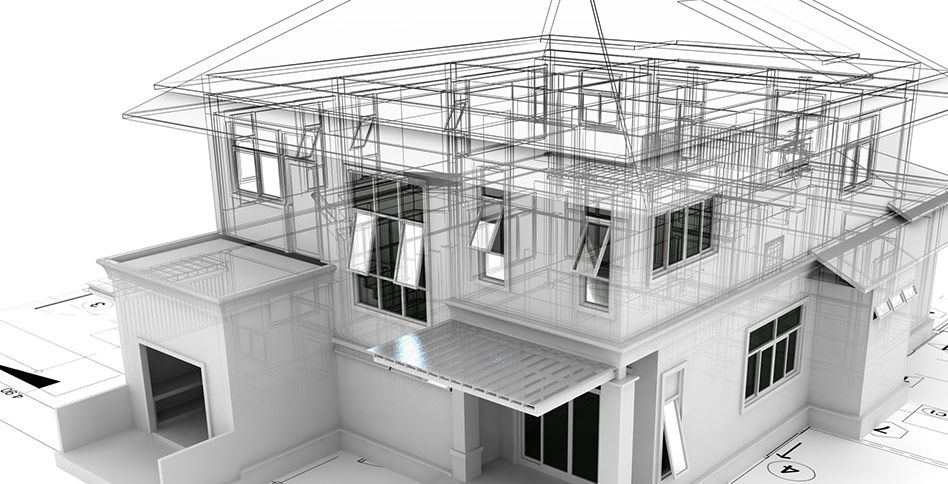Let children creative and make a different
Let children creative and make a different

Androbim is a premier firm that specializes in offering high quality and affordable BIM Services. Our BIM services bring the benefits of assured quality, and wide expertise in all kind of Revit BIM services. Our dedicated and experienced team of BIM architects help businesses to achieve cost-efficiency and economy, accuracy and precision in project execution. We help to analyse the risk factor and provide clash detection and conflict detection services.
Androbim's Revit architectural services deliver the best architectural designs, drafting, 3D modelling and rendering. We are enabled by our vast infrastructure, separate teams for designing and drafting and highly qualified 3D artists for rendering and modelling. All these factors help us to handle different kinds of revit architectural services.Androbim is the Best Revit Architecture training institute in Hyderabad.
Our revit architecture services serve the needs of a variety of buildings such as residential, industrial, commercial, institutional and sky scrapers. Through our revit architecture services, our clients can have the benefit of basic architectural views, interior views, exterior views, conceptual views and photorealistic views.